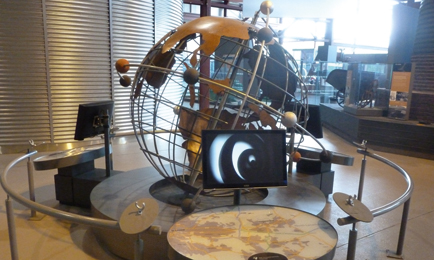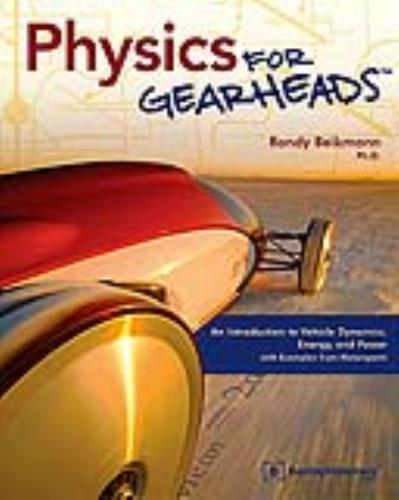Four-star attraction: The versatility of steel
he story of the industrial centre of Scotland can be discovered in a Lowlands museum, 10 miles east of Glasgow city centre. Summerlee Museum, in Coatbridge, Lanarkshire, explores the development of heavy industry in Scotland during the 19th and 20th centuries, with a focus on mining, iron and steel.
Lanarkshire was home to numerous collieries and its steelworks were in production until the early 1990s. By 1910, the county had 220 collieries employing 45,000 men. But just 70 years later, large-scale deep mining had ended. Meanwhile, the pig-iron industry – which itself had evolved from the production of brittle pig iron to more malleable forms under the efforts of relatively well-paid workers skilled in the arduous ‘puddling’ process – was ultimately replaced by steel as it came down in price, because of its greater flexibility for engineering design. The county’s steel went into notable landmarks of Scottish engineering, such as the Forth Rail Bridge. The bridge was completed in 1890 when industry was booming in the region.
Another important local industry was boiler-making for steam engines. The boilers were destined for railway engines, factories and hospitals.
Coatbridge itself, where the museum is based, was an important centre for ironworks and coal mining during the 19th century, when it was described as ‘the industrial heartland of Scotland’ and the ‘iron burgh’. The earliest known settlement of the area dates back to the Stone Age, and a royal charter was awarded to what became Coatbridge in the 12th century. But it was only during the last years of the 18th century that the area developed from a loose collection of small hamlets into the town. Its growth was closely connected with the technological advances of the Industrial Revolution, in particular the hot-blast process.
At the time, Coatbridge gained a notorious reputation for air pollution and the worst excesses of heavy industry. By the 1920s, however, the coal seams had become exhausted and the iron industry went into rapid decline. After the Great Depression, the Gartsherrie ironworks was the last remaining such works in the town.

Four-star attraction: And interactive display
In the main museum’s exhibition hall, redeveloped in the 1980s from the erstwhile Hydrocon Craneworks, visitors can look down at its moving centrepiece, the colliery winding engine, which transported men and coal up and down Cardowan colliery in Stepps. The engine was built in 1926 in Coatbridge.
At its peak in the 1950s, the colliery was producing 2,750 tonnes of coal a day for manufacture, coking and domestic use. Its coking coal fuelled the ovens at Clyde Ironworks and at the giant Ravenscraig steel plant, one of the largest integrated mills in Europe at the time. Cardowan colliery closed in 1983 and Ravenscraig just under 10 years later.
The museum, which is free to enter, sprawls over a large site. As well as working machinery, it has interactive displays on local industry, transport, working conditions and social history from the 1840s to the 1980s – including the contribution of the working men and women of Lanarkshire to war efforts.
Summerlee, which is a Visit Scotland four-star attraction, benefited from a £10 million redevelopment in 2008, with half the money coming from the Heritage Lottery Fund. But improvements did not stop there. Two years ago, £80,000 was spent on building a covered pavilion to house some of the most important artefacts on site, including a steam-powered sawmill.
5 things to see
1. Engineering pavilion: Large machine tools and a steam-powered sawmill.
2. Vulcan canal barge: Replica of the world’s first iron-hulled vessel.
3. Trams and tramway: Operates Edwardian and modern tramcars.
4. Mine and miners’ row: Recreated adit mine, entered by a sloping track rather than a shaft. Take a guided tour to experience the dark and cramped conditions in which the miners worked.
5. Co-op pediment: This sandstone monument formed part of the facade of the Co-op central grocery in Coatbridge, where working families shopped.

Fascinated by industrial history?
Want to know where the best museums, boat lifts, railways and water wheels are located?
New IMechE book features 100 full-colour pages. Priced £9.95, with a discount for IMechE members.
Go to www.imeche-heritage-book.co.uk or call 020 7045 7510 to order your copy